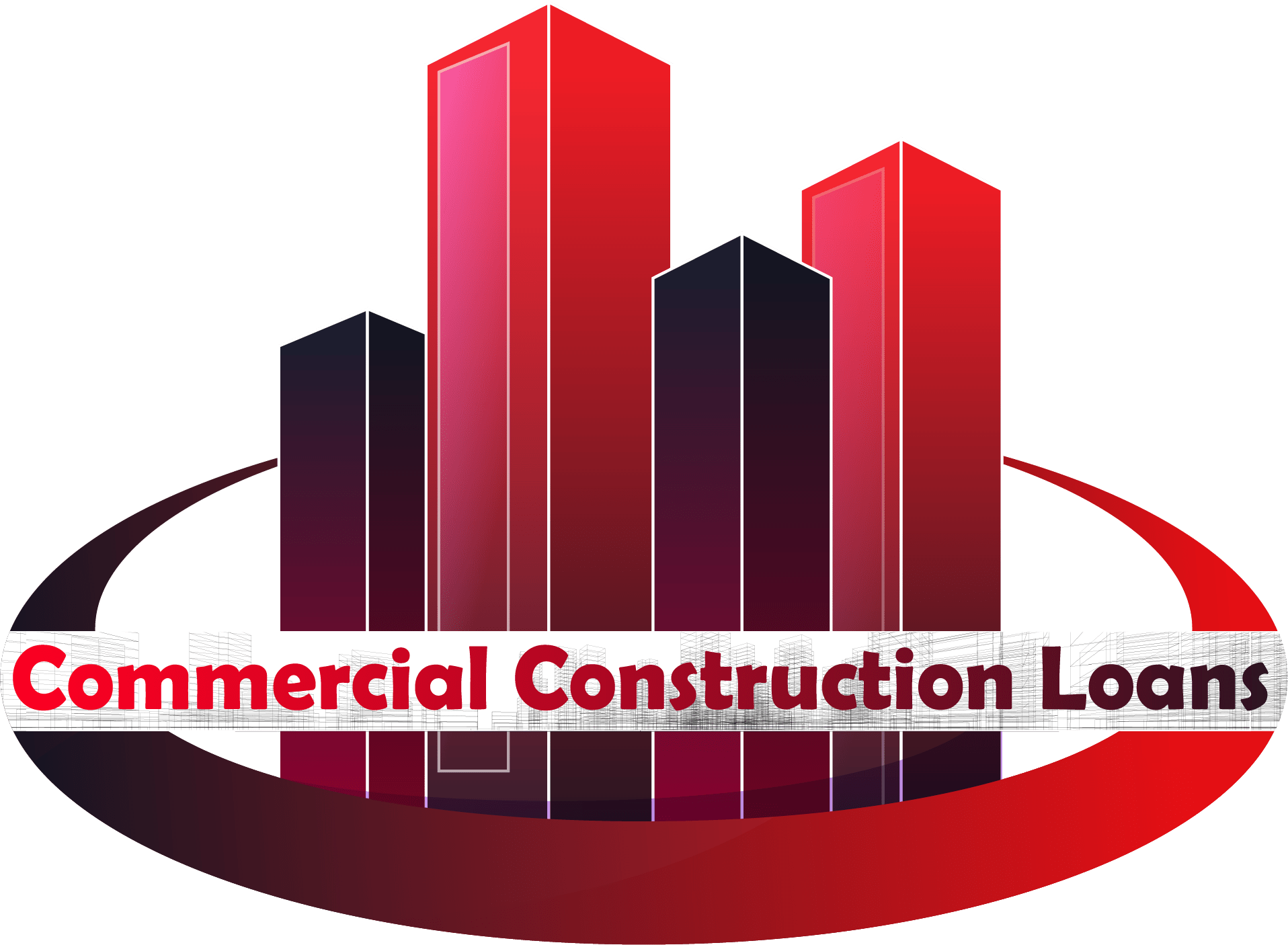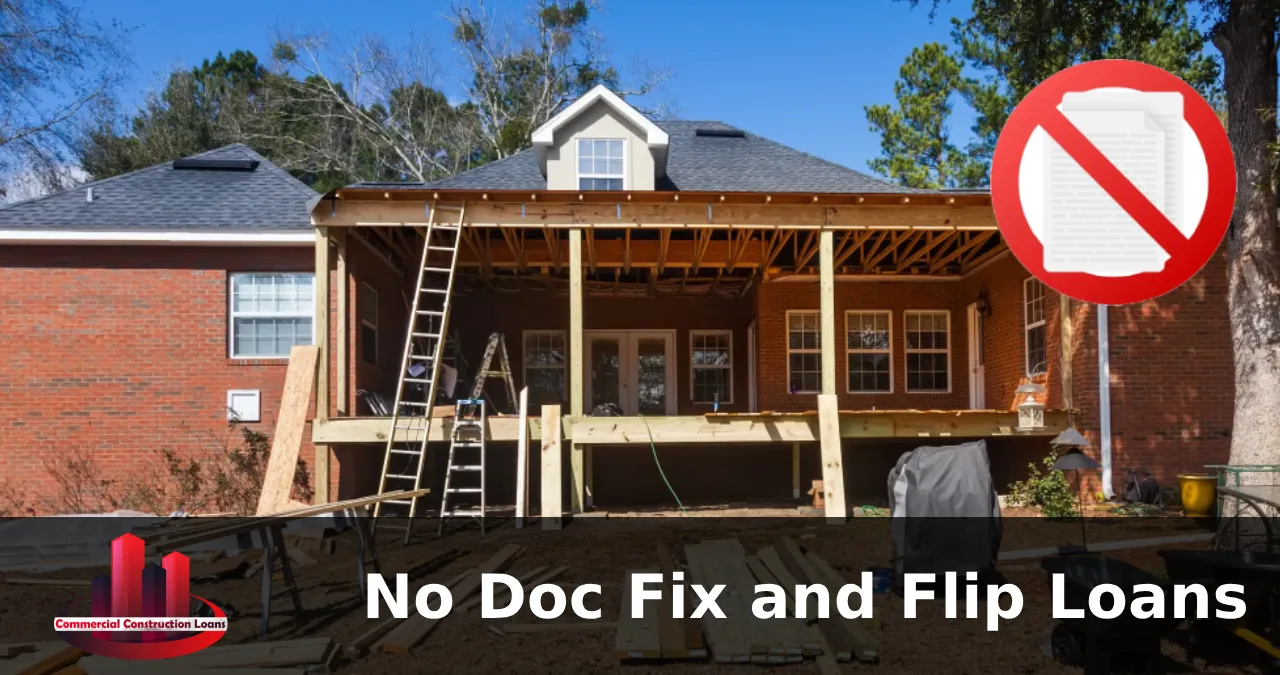You could turn a $100,000 house into a $200,000 cash cow in just a few months. Doesn’t that sound like a dream? Fix-and-flip dealing in real estate can be very profitable but also hazardous. No-doc Fix and flip loans are a common trap that many buyers fall into. Even though these loans may seem helpful, they can cause significant problems with your money if you don’t handle them carefully.
You can increase your chances of success in no-doc fix-and-flip trading by avoiding common mistakes. Avoiding or understanding these problems can make more money and lower your risk.
This blog post talks about eight mistakes buyers make when they use no-doc loans for fix-and-flip projects. Some of these mistakes are:
- Overestimating the value of a place
- Putting too little money into renovations
- Not noticing market trends
- Having trouble getting enough money
- Not doing your homework
- Being too dependent on money
- Not charging enough for your home
- Not caring about legal and regulatory standards
Mistake #1: Underestimating Renovation Costs
Pain Point
One common mistake people make when they do no-doc fix and flip buying is not knowing how much the repairs will cost. Mortgages are based on your income, while no-doc fix and flip loans are based on the property’s value. Investors may overestimate their repair budget because they need a better idea of how much it will cost.
Solutions
Detailed Contractor Estimates: To avoid underestimating how much a renovation will cost, it’s essential to get detailed quotes from contractors you can trust. The costs of each part of the renovation should be broken down in these figures. This includes the costs of materials, labor, and permits.
Building in a Buffer: During a renovation job, costs that should have been planned for, even if you have detailed estimates can come up. If something goes wrong, adding 10 to 20 percent to your total renovation budget as a safety net is a good idea. This buffer can help pay for costs that come up out of the blue, like delays or problems with the structure.
Mistake #2: Ignoring Market Conditions
Pain Point
Getting caught up in the excitement can be tempting when the real estate market is hot. Paying too much for a house can cut your earning margin when you use no-doc fix and flip loans.
Solutions
Understanding Local Market Trends: To stay current on the local real estate market, monitor economic factors, track trends, and look at recent sales data. This knowledge will help you find growth-friendly areas and avoid buying homes that are too expensive.
Realistic ARV (After Repair Value): Get a good idea of the property’s ARV after all the repairs. That way, you’ll be able to set a fair price and pay the right amount.
Why Us
Use our knowledge of market analysis: CommercialConstructionLoans.Net is an expert at giving detailed market analyses. Our team of experts can help you find promising investment chances and determine how profitable fix-and-flip projects might be.
Mistake #3: Forgetting “Exit Strategy” Planning
Pain Point
When your fix-and-flip task is over, you need to have a clear plan for how to get out of the business. You need to plan how to sell the house so that it takes little time, costs too much, and doesn’t lose money.
Solutions
Finding Your Perfect Buyers: Figure out who your perfect buyers are. This could include families, investors, or people buying their first home. Knowing who your target market is will help you make sure that your marketing and prices are proper for them.
Thinking About Other Ways to Get Out: There may be better ways to make money than selling the house right after fixing it up. Think about other ways to get out of the house, like letting it out for a while before selling it. This can help you make a rental income while waiting for the market to improve.
Mistake #4: Skipping Inspections
Pain Point
Doing thorough checks before buying a house can lead to problems only seen after renovations. These unplanned problems can make the job take longer, cost more than planned, or even put the whole thing at risk.
Solutions
Thorough Inspections Before Buying: Hire a trained home inspector to inspect the property thoroughly before making an offer. This check should find any possible problems with the structure, the plumbing, the electricity, or any other issues that are hard to see.
Use of leverage Our Network of Trusted Inspectors: CommercialConstructionLoans.Net works with a group of skilled and dependable home inspectors who can give you professional opinions on homes. When you work with our trusted inspectors, you can be sure you’re making smart choices and avoiding costly shocks.
Mistake #6: Neglecting Legalities and Permits
Pain Point
There can be severe penalties if you don’t follow zoning rules, building codes, and other legal requirements. Fines, delays, and even tearing down a building are all possible for breaking the rules.
Solutions
Talking to a Real Estate Lawyer: You should speak to a real estate lawyer specializing in fix-and-flip projects. They can help you determine the complicated legal system and ensure you follow all the applicable rules and laws.
Looking into local building codes and permits: Study local building codes and permit requirements before you start a renovation project. With this knowledge, you can avoid making mistakes that cost a lot of money and ensure your project is legal and approved.
Mistake #7: Going it Alone
Pain Point
Fix-and-flip projects can be done independently, but having skilled partners can significantly improve your chances of success. These partners can offer helpful advice, support, and tools during the process.
Solutions
Use Our Help from A to Z: Fix-and-flip owners can get much help from CommercialConstructionLoans.Net. As part of our services, we offer document checklists, loan choices, market analysis, and connections to a group of reliable professionals. Working with us can speed up the process and lower your risk.
Use our network of resources to your advantage: We have built partnerships with many professionals in the field, such as contractors, appraisers, and others. Our network can help you find the best resources for your job and ensure it gets done quickly and cheaply.
Mistake #8: Choosing the Wrong Lender
Pain Point
Regarding no doc fix and flip loans, working with a lender who knows how they work and what problems they can cause is essential. Lenders who are new to the business might need to learn more or be more flexible to give you the best terms and help with your project.
Solutions
Our Decades of Experience Can Help You: CommercialConstructionLoans.Net has given out no doc fix and flip loans for over 30 years. Our team of experts knows everything there is to know about this kind of funding. It can give you options that are made to fit your needs.
Get to Our Large Network of Lenders: Over 200 lenders offer no doc fix and flip loans. We can then look for the best rates and terms to ensure you get the best deal possible.
Why Trust Us
Believe in Our Reputation: We are a Better Business Bureau (BBB) member and several other trade groups. This shows that we are committed to honestly doing business and giving our clients the best service possible.
Conclusion
Avoid these eight common mistakes and work with a reliable expert like CommercialConstructionLoans.Net. In that case, you can significantly improve your chances of success using no-doc loans for fix-and-flip investing.
Ready to turn your fix-and-flip dreams into reality?
Set up a free meeting with our team to discuss your project and find the best ways to make money. We’ll help you through the process and ensure the deal goes smoothly.
You can get our “No Doc Fix and Flip Loan Checklist” free from our site. This helpful guide will show you the essential steps you need to take to get the money you need for your project.
Do not let these mistakes stop you from investing how you want. Get in touch with CommercialConstructionLoans.Net right away to take charge!
FAQs
What is a no doc fix and flip loan?
You can show little proof of your income if you want to get a no doc fix-and-flip loan, also called a stated income loan. Lenders instead rely on the value of the land as collateral. These loans can be helpful for buyers who need to get money for a fix-and-flip project quickly, but they also come with some risks.
What are the advantages of using a no doc fix and flip loan?
When you use a no doc fix and flip loans, the pros are:
Better and faster approval: Lenders don’t have to check proof of income, so no doc fix and flip loans are often approved faster than standard mortgages.
Flexibility: These loans can be a good choice for people who don’t have traditional income sources or would rather keep their financial information secret.
What are the risks associated with no doc fix and flip loans?
When it comes to no doc fix and flip loans, the risks are:
Higher Interest Rates: Because there is more danger with no-doc loans, the interest rates are usually higher than on traditional mortgages.
Not as easy to get: These loans might not be as standard as regular mortgages, and lenders might have tighter requirements for people who want to get them.
How can I increase my chances of success with no doc fix and flip loans?
To improve my chances of getting no doc fix and flip loans, please do the following:
Avoid Common Mistakes: When investing in fix-and-flip properties without a title report, it’s easy to make mistakes like underestimating the prices of repairs, ignoring market trends, and not doing enough research.
Join forces with a reliable advisor: Work with someone who knows what they’re doing and has done it before. They can help you through the process and make intelligent choices.
Pick the Right Lender: Choose a lender that deals in fix-and-flip loans with no documentation and knows how this type of loan works.
Are no doc fix and flip loans suitable for everyone?
Sometimes, there might be better choices than doc fix and flip loans. Most of the time, these loans are best for people with a lot of experience who know a lot about the real estate market and can handle the risks that come with them. Consider looking into other ways to get money if you’re new to trading or have little money.


Comments are closed